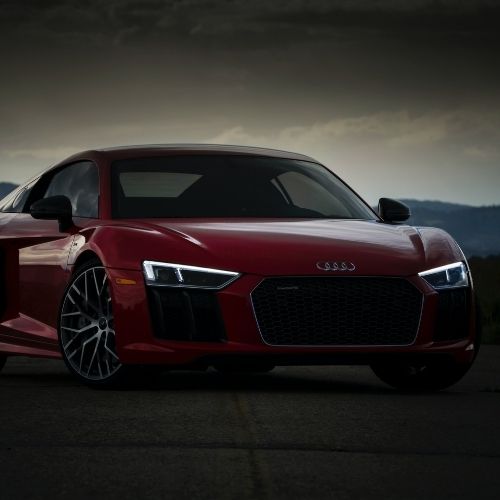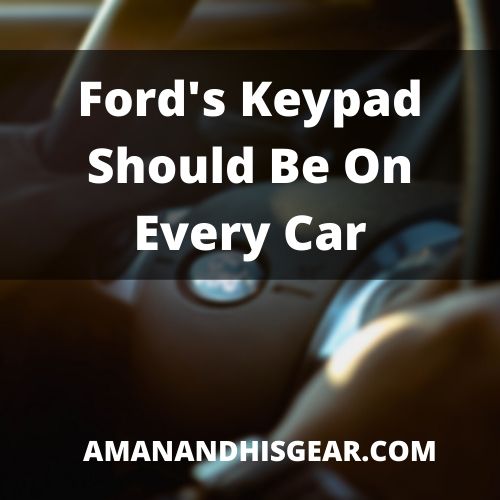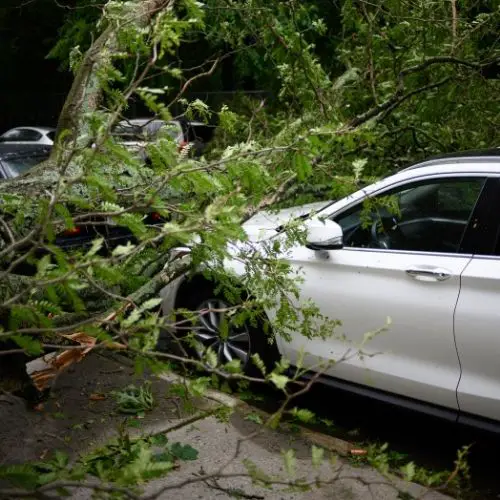We may get commissions for purchases made through links in this post. Thanks for the support! 👍
You may have been on the road recently and seen a car, or several cars, without their headlights on. With more cars, utilizing daytime running lights many drivers may not be aware that there is a difference between the two.

A quick look at headlights
Headlights were first added to vehicles in the 1880s and have grown to become a standard safety feature. The first electric headlights were installed in 1898 and were problematic. They became mainstream when Henry Ford began mass production of the Model T.
The ability to “dim the lights” did not come about with the first headlights. When the first dimmable lights came on the market in 1915, the driver had to exit the car to make the adjustment.
Headlights are imperative because they increase the ability to see objects on the road– other drivers, pedestrians, and obstacles. They also help to prevent eye fatigue, keeping drivers more alert on the road.
So what are daytime running lights?
To many drivers daytime running lights and headlights seem to be the same thing. However, they are decidedly not, they were created for two different purposes, and daytime running lights are a far newer invention.
These daytime running lights basically are added to vehicles for both the aesthetic styling and for visibility for other motorists during the day.

On the aesthetic side, Audi was one of the first companies to add them as a styling point with the R8, and then quickly added them to the rest of their lineup as a way to distinguish their cars for oncoming traffic. From there, other manufacturers are following suit! Some of my favorite “DRLs” are Kia’s K5, Audi’s R8 (of course) and Land Rover’s new Defender.
On the safety side of things, DRL (Daytime Running Lights) allow for oncoming traffic to see you coming their way better during the daytime, and even during the night time. I am personally a huge fan of these lights for this matter, as it means you don’t have to keep your headlights on during the day to achieve the same purpose.
- Headlights vs Fog Lights: When should each be used?
- Top 6 Reasons why you headlights keep Burning Out
- Headlights Yellowing or Foggy? Here are a couple reasons why
Which is Safer?
It really doesn’t come down to which one is safer, but rather are you safer now that headlights and driving lights work together for you to be seen and to see better on the road during the day, and the night.
These two types of lights come together to keep you safe, and you know, to make your car look cooler as well.
![This Is How Cars Have Wifi [And Why]](https://amanandhisgear.com/wp-content/uploads/2020/01/How-do-cars-have-wifi.jpg)

